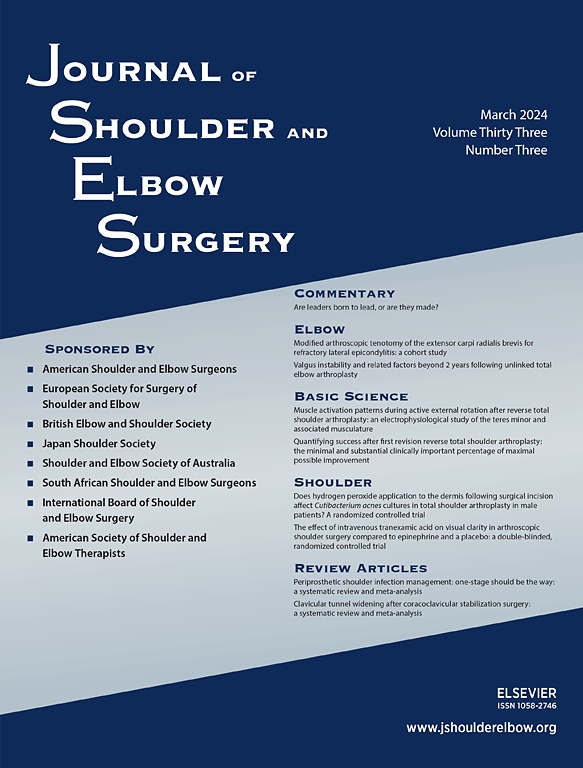
Central Nervous System-Focused Vs Peripheral-Focused Interventions for Frozen Shoulder

Central Nervous System-Focused Vs Peripheral-Focused Interventions for Frozen Shoulder
Is there any benefit of adding a central nervous system-focused intervention to a manual therapy and home stretching program for people with frozen shoulder? A randomized controlled trial.
J Shoulder Elbow Surg . 2023 Jul;32(7):1401-1411.Synopsis
Thirty-six patients with frozen shoulders were randomized to receive either a combined central nervous system-focused (CNS) intervention with graded motor imagery (GMI) (n=18) or a peripheral-focused intervention only (i.e., manual therapy and stretching) (n=18). Outcomes of interest included active and shoulder flexion, active and passive shoulder external rotation, Shoulder Pain and Disability I...
To view the full content, login to your account,
or start your 30-day FREE Trial today.
FREE TRIAL
LOGIN
Forgot Password?
Explore some of our unlocked ACE Reports below!

Learn about our AI Driven
High Impact Search Feature
Our AI driven High Impact metric calculates the impact an article will have by considering both the publishing journal and the content of the article itself. Built using the latest advances in natural language processing, OE High Impact predicts an article’s future number of citations better than impact factor alone.
Continue



 LOGIN
LOGIN

Join the Conversation
Please Login or Join to leave comments.